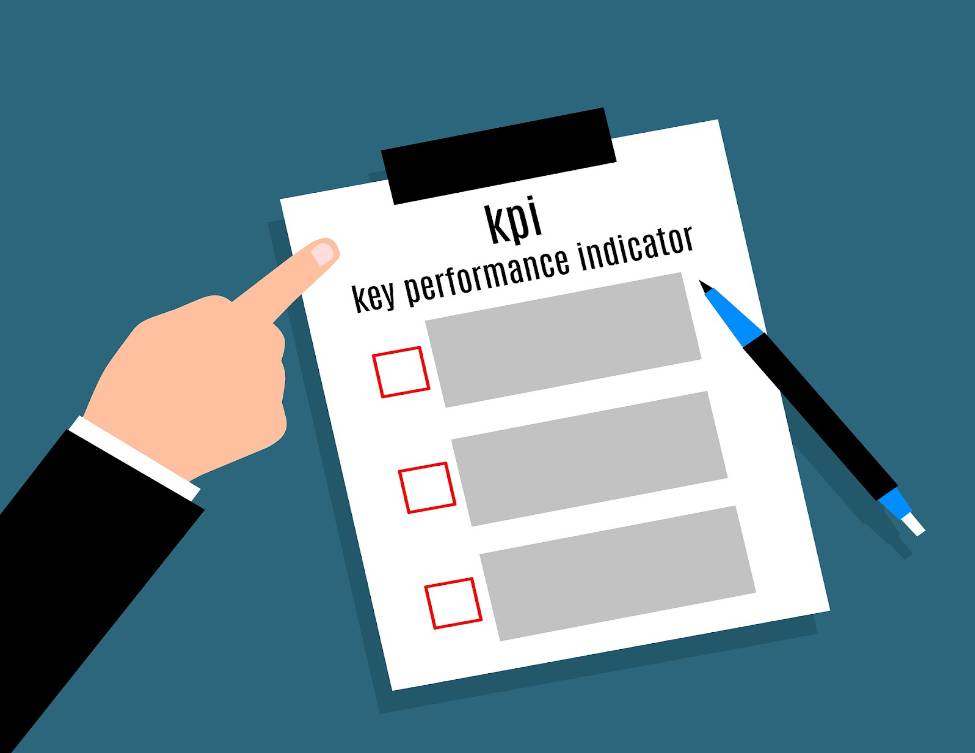Tracking your organization’s key performance indicators is important. It can help you know what’s going on and whether you are on the right track as a business. And there are various ways to track your KPIs, including using pay equity software to ensure everything is smooth.
This article has all you need to know about tracking your key performance indicators. It will explore how you can leverage pay equity software in this process. By the end of it, you should know how to make the most of this software to ensure your business succeeds.
Let’s get started with it.
The Importance of Pay Equity
You might wonder why performance management system matters when it comes to compensation. It is a lot to mention in one post, but the reality is that performance management is vital to ensure employee satisfaction. But the performance management process matters a lot too.
The best way to ensure this process brings the desired results is by using software tools. A performance management software system will make it easy to get the desired results. You won’t go wrong with using these tools because they simplify the management process.
We will explore the key performance indicators that a pay equity performance management system will help you track. However, before that, it will be vital to know the importance of pay equity to an organization today. This section will explore some of its benefits in detail.
So, why does pay equity matter?
- Conducting Pay Audits
They are key to ensuring that businesses conduct pay audits almost effortlessly. If you run a business, then you need to ensure that your team is happy with the compensation they get. If they aren’t, you could end up losing talent that would have otherwise been helpful to you.
It is only through audits that you can discover discrepancies in how you pay your employees. Most governments are already coming up with laws that make it mandatory for organizations to conduct pay audits. The aim is to ensure that they identify discrepancies early enough.
- Thinking Beyond Audits
Pay equity helps ensure that salary controls get put in place at the hiring stage. It is easy to avoid disparities if you set your salary controls early enough. This is because some of the disparities aren’t intentional, meaning that they can be avoided.
You can avoid relying on audits if you use these controls when hiring. You also need to ensure that it isn’t a one-time thing by working with your managers and executives. You can train them to ensure equitable pay when hiring in the future.
- Creating a Positive Culture
You also need to build a positive culture in your business. As an employer, the best way to build such a culture is by ensuring that there’s pay equity within the employee ranks. This can help you succeed with almost everything you need to do with your employees.
Pay equity will boost their morale and make them want to work harder. It will also help boost employee retention and reduce turnover rates. Overall, your employees’ confidence levels will go up. This will impact your business by improving employee and customer confidence.
Pay Equity Metrics to Monitor and Understand
There are various metrics that you might want to keep an eye on if you run a business. It is vital to understand them, especially those that you can track with pay equity. This section will explore some of them to help you know how to manage your business’s performance.
Here are some of these metrics.
- Compa ratio
This is a metric that will help you know if you’re paying your employees well or not. The compa ratio compares an employee’s salary with the midpoint of their salary range for their position. You can compare the compensation you’re giving your employees with others.
This ratio can be effective for ensuring everyone’s paycheck is enough for them. For instance, someone who lives in an expensive neighborhood should take more home to cater for their expenses. This will ensure your employees live happily and can work.
- Compa(eq)
This is a ratio that’s used by companies that offer stock options as compensation to their employees. You can calculate it from an employee’s salary, their stock option, the estimated and actual stock price, plus the employee’s salary band and that of other employees.
You can use this ratio to understand how stock options contribute to pay equity. You will see differences between adjusted and unadjusted compa ratios. Unadjusted ratios will show huge pay disparities, while adjusted ratios will indicate pay parity.
- Average Salary Ranges by Ethnicity and Gender
Compa ratios have one major downside. They leave opportunity gaps, especially because the average salary of your employees might not be consistent from group to group. The fact that they show how much a specific group within your organization earns is not enough.
That is why you need to ensure that you track the average salaries of your employees. This will make it easier to ensure that you spot discrepancies that might arise and address them in time. In short, this metric will help you ensure you leave no gaps in your compensation.
These metrics can be very efficient in helping you ensure pay equity for all your employees collectively. But then, you might need to make some assessments and adjustments in other cases. This is especially when looking to ensure equity at individual levels to achieve parity.
Conclusion
Pay equity software can be helpful to a business that wants to keep track of its KPIs. Having a performance management system will help you know the steps your business takes. It will also make it easier to understand how the strategies you are employing in business will help.
This article is one of the best resources you can use to ensure your business grows. If you are looking for guidance on the best tools to leverage to ensure your business performs optimally, then the pay equity software will make it easy to keep track of everything.











